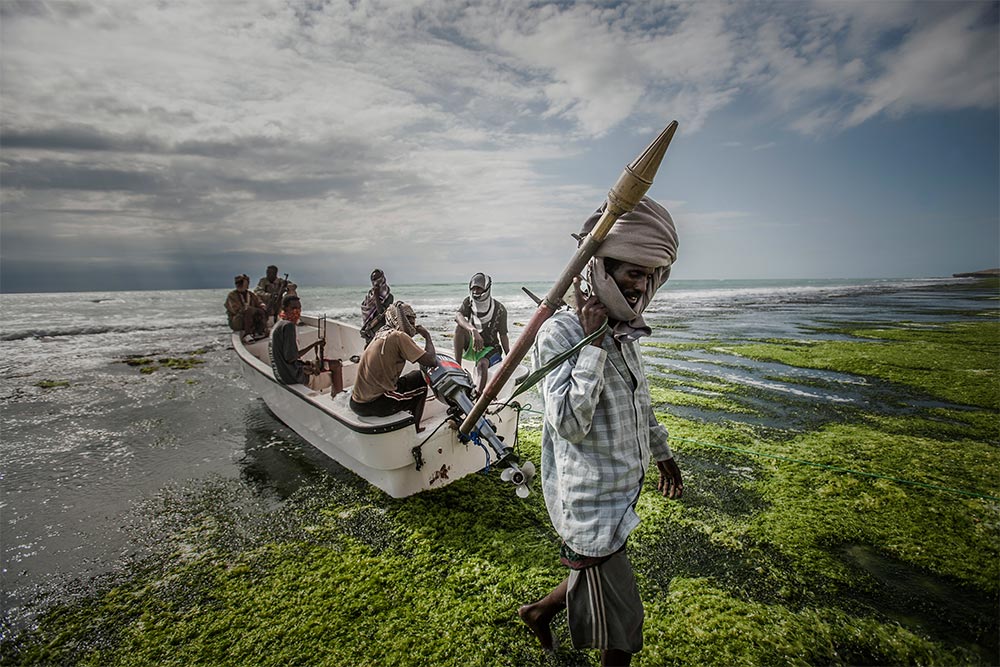INTERVIEW
Less About the Image, More About Who’s Behind the Camera
WITH PATRICK DI NOLA
Our theme ‘Six Continents’ is judged by the wonderful Patrick di Nola – long time head of reportage photography at Getty Images. He’s now Commercial Director at Verbatim, and agency which he founded this year, representing a range of globally-acclaimed photojournalists such as Veronique de Viguerie, Brett Stirton and Peter Dench.
We sat down with Patrick to ask him about Verbatim, his approach to judging and critiquing photography, the work behind the scenes in photojournalism, and what he think it takes to be a photographer on assignment in a rapidly-changing world.
Banner image © Veronique de Viguerie, represented by Verbatim Agency
Hi Patrick, firstly thank so much for joining us as our judge for Life Framer’s theme ‘Six Continents’. Having sat on award juries before, and through your experience, can you tell us the types of things you’re looking for in a winning image?
With this particular contest and theme I am seeking out images that inspire and inform, that take the viewer to the location and connect them with what they are seeing. There is a wealth of travel imagery out there, so there are some inevitable clichés, but I am seeking something that brings a fresh look at what it is depicting.
What drew you to photography initially? And then from making images to editorial work?
My brother was briefly a travel photographer, so I started shooting as a young teenager, then went on to study photography at university. It was a technical course however, just as the digital revolution was taking place in photography, so as it taught me about Photoshop, metadata, and some of how the industry/business of photography operates. Based on that I decided to pursue a career involved in photography without being a photographer myself. The skills I had enabled me to get a job on a picture desk, and from there I developed a passion for editorial photography, particularly photojournalism. Over the years it evolved from editorial and NGO work, to applying the unique skills and talents of leading photojournalists to the commercial world, working with brands and on campaigns.
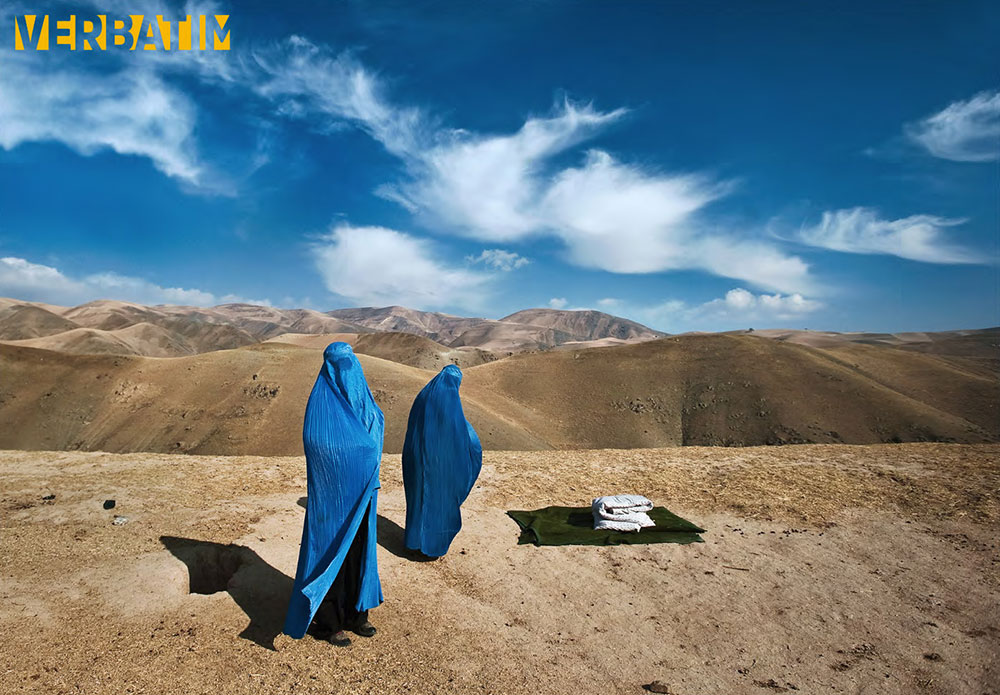
Image © Lynsey Addario, represented by Verbatim Agency
You recently founded Verbatim Agency, a subsidiary of Getty Images, and are now Commercial Director. Can you tell us a little bit about what that entails?
Having worked to create and manage Getty Images Reportage, a platform to represent and syndicate the work of some of the foremost award-winning photojournalists over the past 10 years, we recently launched Verbatim Agency with a specific focus on commercial assignment work for a core group of 10 of these photographers, supported with a much wider network of 700+ freelance photographers & videographers in over 70 countries globally. My colleagues and I at Verbatim work direct with brands and also via advertising/creative agencies on commercial shoots, often telling the stories of brands, working with this group of some of the world’s best storytellers. Sometimes that is close to the traditional work of a photojournalist, for example documenting a corporate responsibility initiative of a large company out in the field… other times it is more in line with traditional advertising work.
You represent a number of photojournalists such as Tom Stoddart and Marco Di Lauro. How do you work with them? And what types of skills do you tend to add, not in their repertoires?
We act as their exclusive commercial agent, for all their commercial assignment work, be it in stills or video. Being a freelance photographer, often out in the field shooting, can mean being quite separated from clients, particularly outside of the city/country you work in. My colleagues and I are here to focus our time 100% on promoting & pitching these photographers for new commercial work, negotiating rights & rates on their behalf, looking after the commerce of their careers, whilst also engaging in day to day management of the photographers in terms of collaborative discussions about projects they want to do, finding partners they could work with on a topic of mutual interest, etc.
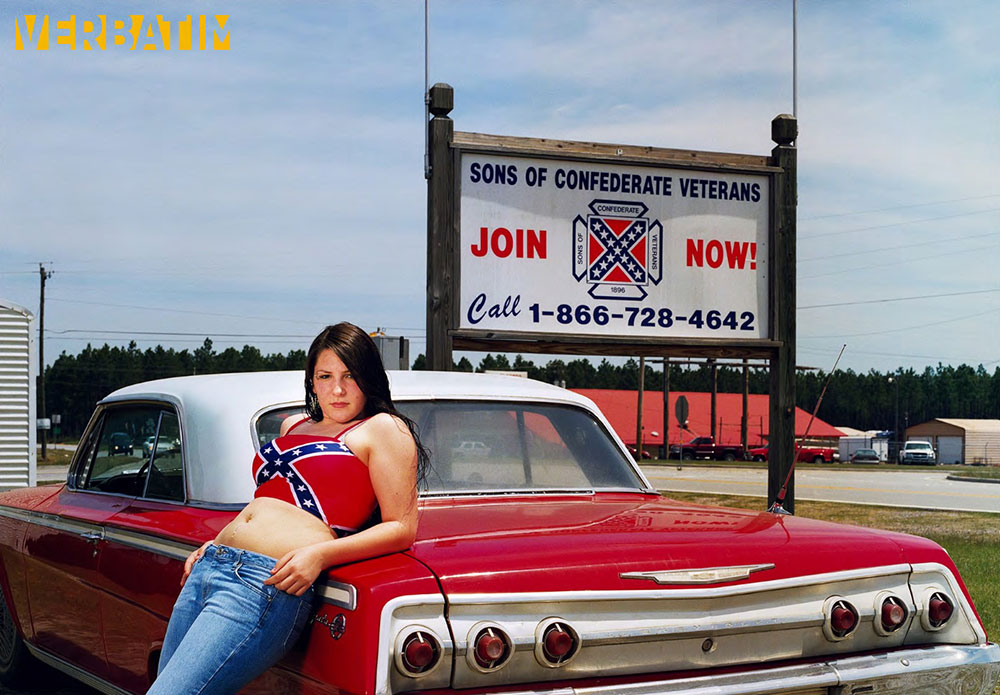
Image © Gillian Laub, represented by Verbatim Agency
“The person behind the camera is often the part that blows me away… the dedication, the passion, the drive and focus that the best photojournalists demonstrate is still nothing short of incredible”.
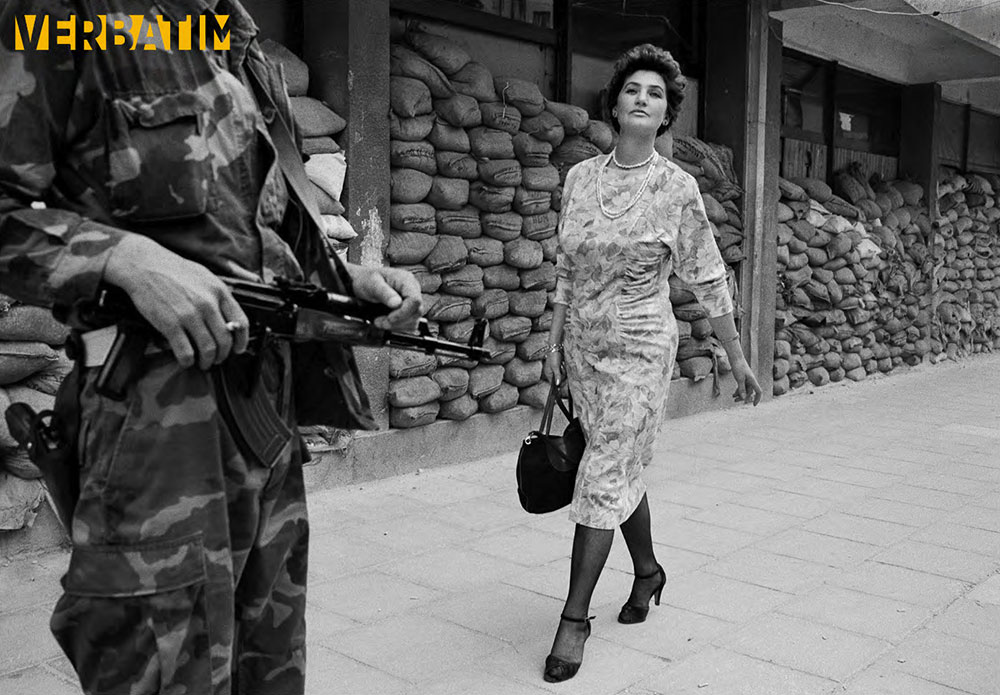
Image © Tom Stoddart, represented by Verbatim Agency
And what about working with NGOs. Can you tell us a bit about that?
This is really something I used to do some years back, working with the likes of UNICEF, the ICRC, Save The Children and WWF. These are still important relationships for us and our photographers, due to there being so many areas of common focus between us all, however as a business we are now focused on the larger scale campaign work, rather than the day to day coverage needs, and indeed we are often working with the commercial partners of these charities/NGOs, or indeed commercial partners who are involved in supporting similar initiatives to these charities/NGOs.
I’m drawn to something that Alec Soth said – that photographs aren’t good at telling stories, but are brilliant at suggesting them. Would you agree with that? And with the type of photography you work with, do you feel that images and a written narrative always need to go hand in hand?
I guess the classic counter to that is the old saying that “a picture can speak a thousand words”… I think there is so much range in visual language, in storytelling, in different mediums, that there really isn’t one rule for this. Sometimes a single image can sum up or convey a very broad story in an impressively succinct way… other times a sequence of images is necessary, or captions may be needed… in the early days of ‘multimedia’ we saw a lot of online slideshows of photos with audio recordings played over the top to enrich the storytelling… and more recently a lot of photojournalists have embraced video and film-making as a sometimes-richer medium for telling some very complex stories, such as our very own Shaul Schwarz, who is a fully fledged film-maker now, with multiple accolades under his belt, but also still very much a photojournalist.
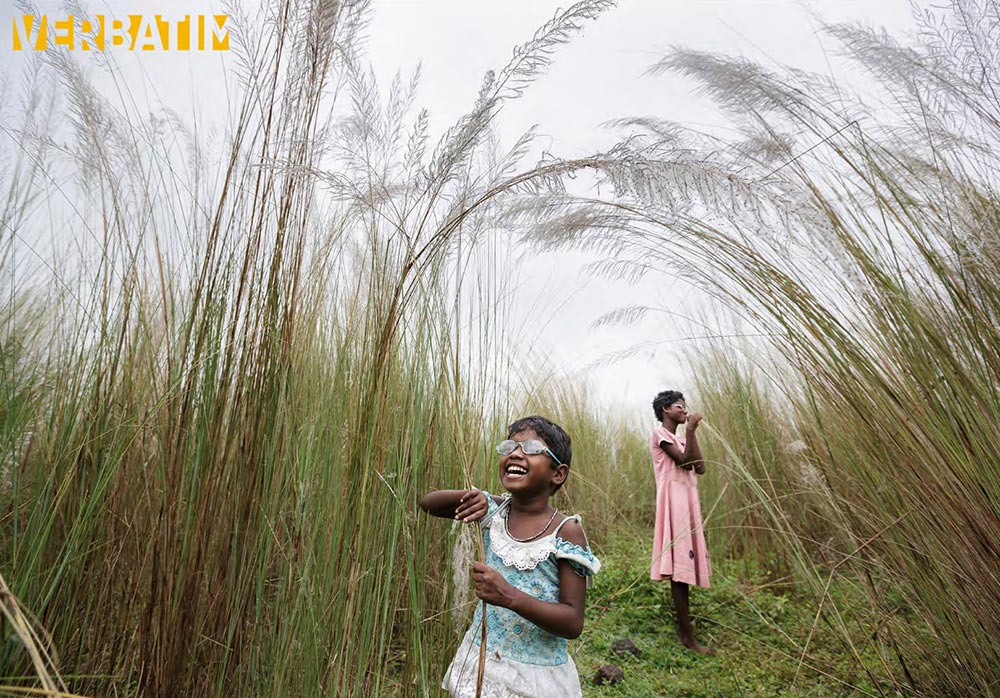
Image © Brent Stirton, represented by Verbatim Agency
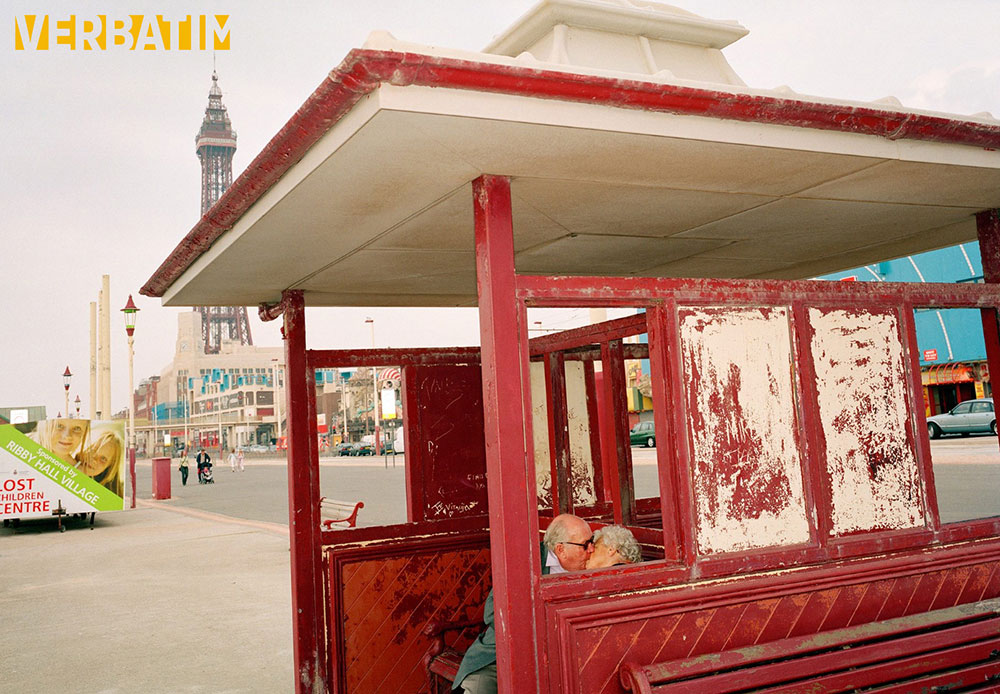
Image © Peter Dench, represented by Verbatim Agency
Who are the photographers that inspire you the most? And who is the last photographer that blew you away? Who’s pushing photography in interesting directions?
Photography is such a rewarding hobby and therefore appealing profession that the pool and range of talent out there around the world is absolutely vast… there are so many photographers whose work I am a fan of, covering a range of visual disciplines or styles, the aforementioned Alex Soth being one such example, along with many of his peers at Magnum, and those in many other agencies, collectives, or working independently… however what I have found is that the person behind the camera is often the part that blows me away… the dedication, the passion, the drive and focus that the best photojournalists demonstrate is still nothing short of incredible. The ones I have had the fortune to meet, and especially those that I have worked with, have essentially dedicated their lives – sometimes putting their lives at risk, and almost without fail making great personal sacrifices – in order to going out into the world to tell stories, and share them with the rest of us… to raise awareness, often of injustice and tragedy, or simply of facets of the human condition, in order to educate and hopefully bring about positive change. You have to be passionate to be a photojournalist, or it won’t work, but when you meet someone who is truly ‘the real deal’, you just know it… they stand out from their peers, and have the power to capture our attention.
You’re a frequent portfolio reviewer, and so must see the work of a lot of emerging photographers. Are there any tropes you see frequently, or a piece of advice you often find yourself giving?
There is no harm covering a topic which has been covered many times before… but all too often it seems like emerging photographers are not taking the time to first research what has been done before, so that they can find their own way to contribute to and advance that narrative. Spending personal money and time to go do a project for a few weeks, and coming back with something that 10 other photographers have done previously in a virtually identical way is a big mistake, and not viable as a business model in a shrinking editorial market where clients are looking for new stories, or a new way of telling a story their readers are familiar with.
The other advice I would give is to think about how your story will be applied, who it will appeal to, and why. It is of course still possible to find obscure little nuggets of story ideas out there, that haven’t been told before, but if they are not in the broader mindset of the public (and therefore the media), it is important to find ways to create interest in that story, and draw people into it. If you are aiming for editorial publication in the media, simply creating stunning photos is no longer sufficient, you usually have to find elements within the story that enable it to connect to broader discussions that the world is having. This is actually usually very feasible, but you have to be in the mindset to do so, rather than becoming too focused on just one part of a story, or being overly dependent on reacting to what is happening in front of you.
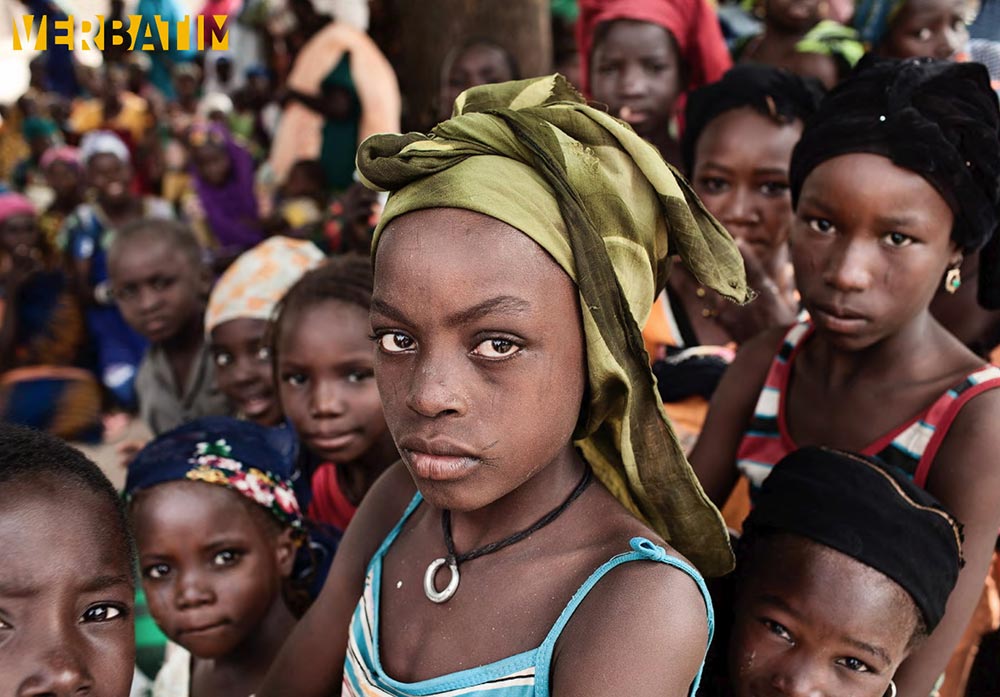
Image © Marco di Lauro, represented by Verbatim Agency
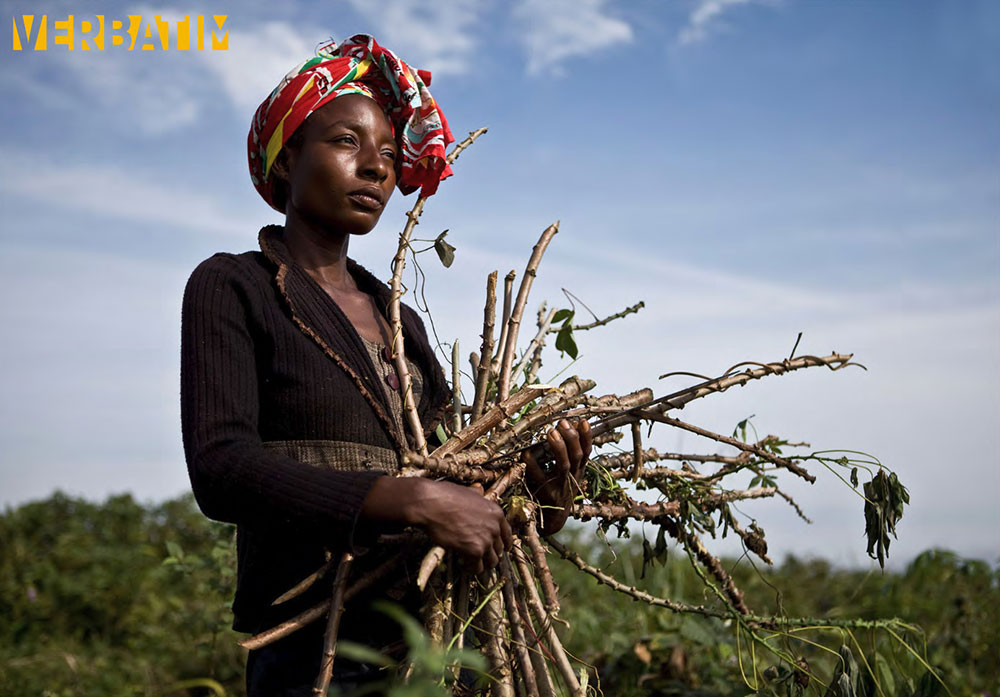
Image © Jonathan Torgovnik, represented by Verbatim Agency
And finally, aside from their photography, what do you see as the most important skill needed in reportage or photojournalistic type photographers?
There are a few important skills, or rather traits really:
- Passion for the subject you are documenting, as mentioned above, because over the course of a project or career it really makes the difference in the work produced.
- Drive (combined with tact) to be able to work with people in often difficult/delicate circumstances out in the field where you need them to accept your presence and role documenting what is taking place… and when you get home, drive to be able to contact agencies and media outlets to pitch yourself and your work, to get it out there in front of an audience.
- Instinct: trusting your gut feeling… whether it be on choice of a topic, or choices when at work in the field, and of course knowing when you have pushed things are far as you can, and it is time to call it a day… sometimes you will reach a point whereby the risk outweighs the benefit, and whilst experience can make you a better judge of that over time, instinct remains a key factor in your decision-making.
- Adaptability and the hunger to constantly evolve. My career began during a time of massive change… the switch to digital photography, the decline in print media with so much moving to digital publishing… the changes at agency level across our industry…
Being a freelance photojournalist in the current time must be one of the most challenging choices of career, and isn’t for the faint-hearted of course… but the opportunities that are out are today are probably greater than ever before. In order to keep up with the ever-changing landscape of this industry, you must be willing to evolve yourself as a photographer, your visual language, choice of subject-matter, the clients you work with… yes you should try to develop somewhat of a signature style or subject area that you become best known for, don’t rest on your laurels if success and recognition comes… continue to always challenge yourself and the perceptions others have of you as a photographer by trying new things, outside of your comfort zone. Even photographers who have a signature style still manage to evolve and refine that with every project they take on, showing you things in their work that you haven’t seen before from them, or that raises the bar further compared to their previous body of work. I think that is the key to longevity in this industry.
All images © Verbatim Agency
See more here: www.verbatimphoto.com
